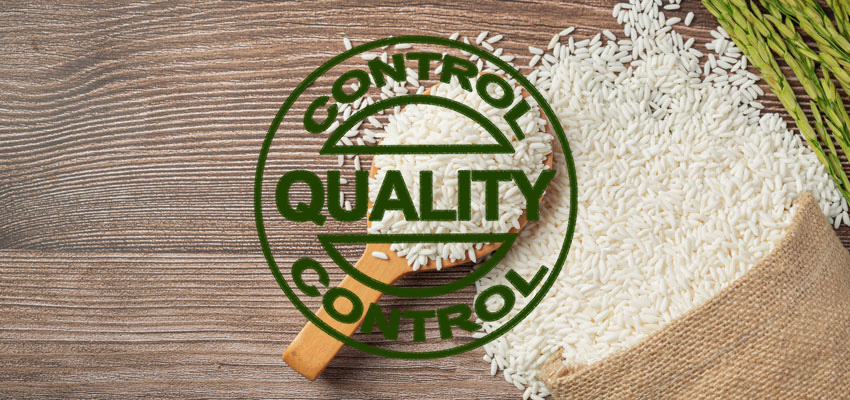Commission Regulation (EU) 2019/1793 regulates the frequency of official controls on the import of certain foodstuffs into the EU. With the current amending valid from 01/08/25, various adjustments to the control plan were published.
Here is a selection of the current risk profile-based regular import controls. It can serve as a suggestion for adapting internal inspection plans.
We have limited ourselves only to the import goods and countries of origin that are important from our point of view. In addition to fruit and vegetables, other product groups that may be of interest to our customers will also be taken into account.
Appendix I
|
Food |
Country of origin |
Reason / Frequency of checks |
|
Deletion |
||
|
Checks |
||
|
Yardlong beans |
Dom. Republic |
Pesticide residues (3) |
|
New entry |
||
|
Checks / Frequency |
||
|
Zara-lemons |
Bangladesh |
Pesticide residues (3) / 20% |
|
Changes of control frequency |
||
|
Checks / Frequency |
||
|
Oranges |
Egypt |
Pesticide residues (3) / 20% |
|
Okras |
India |
Pesticide residues (3) / 30% |
|
Cumin seeds |
Turkey |
Pesticide residues (3) / 30% |
|
Black-eyed beans |
Madagascar |
Pesticide residues (3) / 50% |
|
Peppers of the genus Capsicum (other than sweet) |
Ruanda |
Pesticide residues (3) / 30% |
|
Oregano (dried) |
Turkey |
Pyrrolizidine alkaloids / 30% |
|
Durian fruit |
Vietnam |
Pestizidrückstände (3) / 30% |
Transfer of products from Annex I to Annex II,
which means, among other things, that a health certificate is no longer required:
|
Food |
Country of origin |
Reason / Frequency of checks |
|
Checks / Frequency |
||
|
Sesamum seeds |
Ethiopia |
Salmonella / 50% |
|
Turnips (Brassica rapa ssp. rapa) (Food – prepared or preserved) |
Lebanon |
Rhodamin B /50% |
|
Peppers of the genus Capsicum (other than sweet) |
Sri Lanka |
Aflatoxins / 50% |
Transfer of products from Annex II to Annex I,
which means, among other things, that a health certificate is required, including a certificate of analysis for the required parameters:
|
Food |
Country of origin |
Reason / Frequency of checks |
|
Checks / Frequency ( from 8.3.2025) |
||
|
Cumin seeds |
Turkey |
Pesticide residues (3) / 30% (see above) |
Appendix II
|
Food |
Country of origin |
Reason / Frequency of checks |
|
Changes of control frequency |
||
| Checks / Frequency: | ||
|
Sesamum seeds |
India |
Ethylene oxide /2-Chlorethanol (10) / 20% |
|
Food supplements containing botanicals |
India |
Ethylene oxide/2-Chlorethanol (10) / 20% |
Footnotes and numbering cited according to the regulation
(3) Residues of at least those pesticides listed in the control programme adopted in accordance with Article 29(2) of Regulation (EC) No 396/2005 of the European Parliament and of the Council of 23 February 2005on maximum residue levels of pesticides in or on food and feed of plant and animal origin and amending Council Directive 91/414/EEC (OJ L 70, 16.3.2005, p. 1) that can be analysed with multi-residue methods based on GC-MS and LC-MS (pesticides to be monitored in/on products of plant origin only).
10) Residues of Ethylene Oxide (sum of ethylene oxide and 2-chloro-ethanol, expressed as ethylene oxide). In case of food additives, the applicable MRL is 0.1 mg/kg (LOQ). Prohibition of use of ethylene oxide provided for in Regulation (EU) No 231/2012).
Author: Dr. Frank Mörsberger, AGROLAB GROUP

 Contact
Contact

 Contact
Contact Career
Career